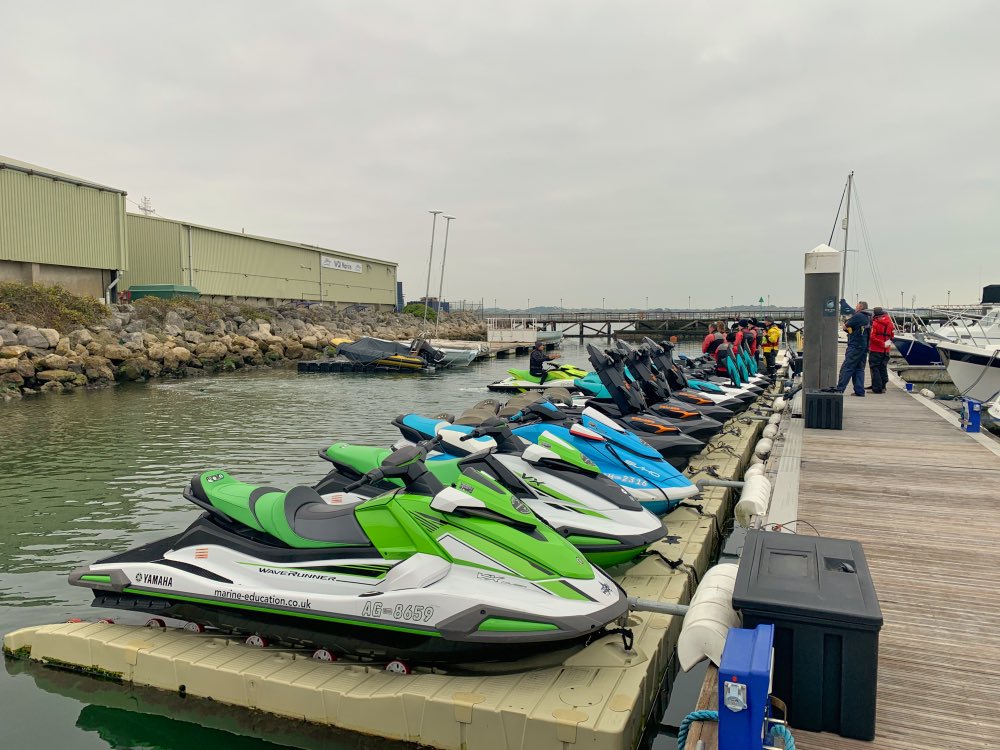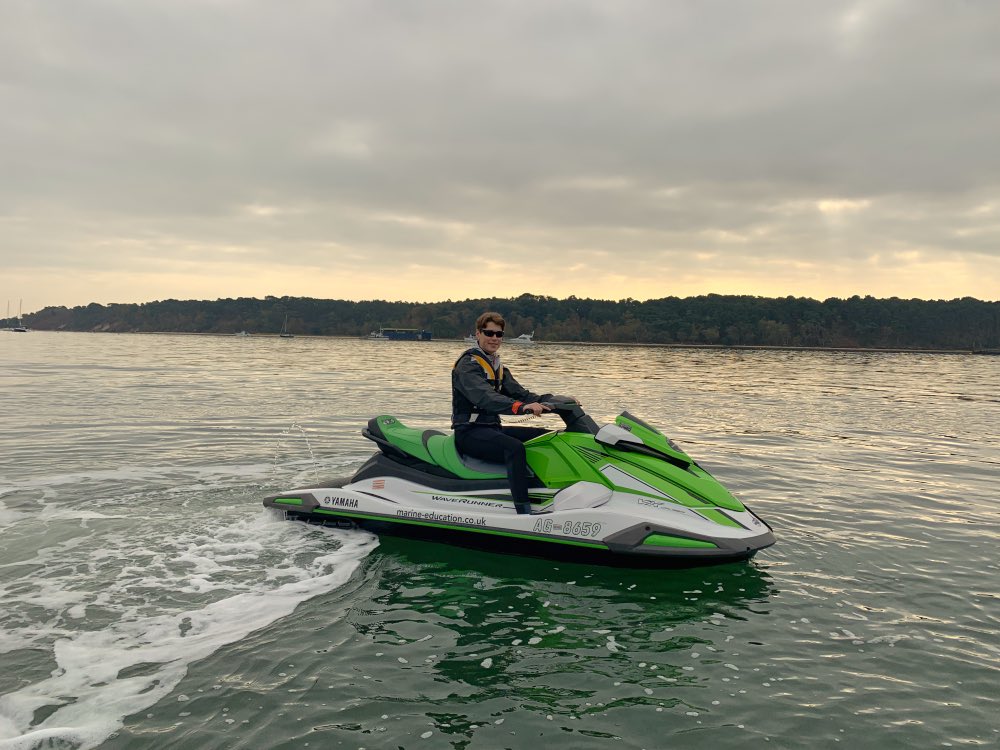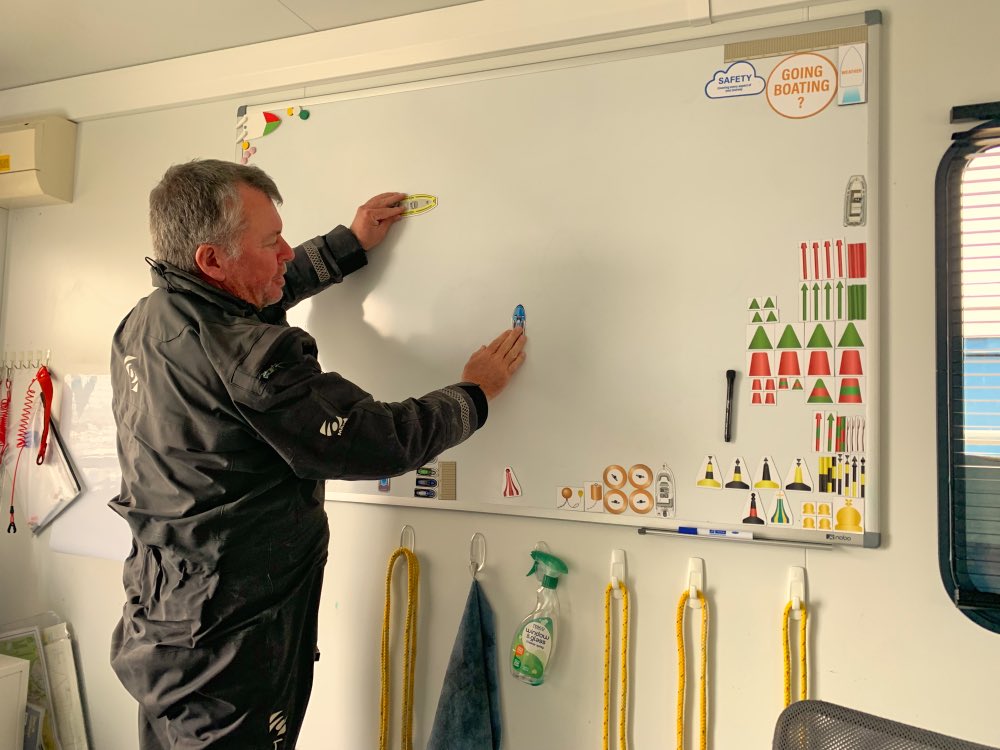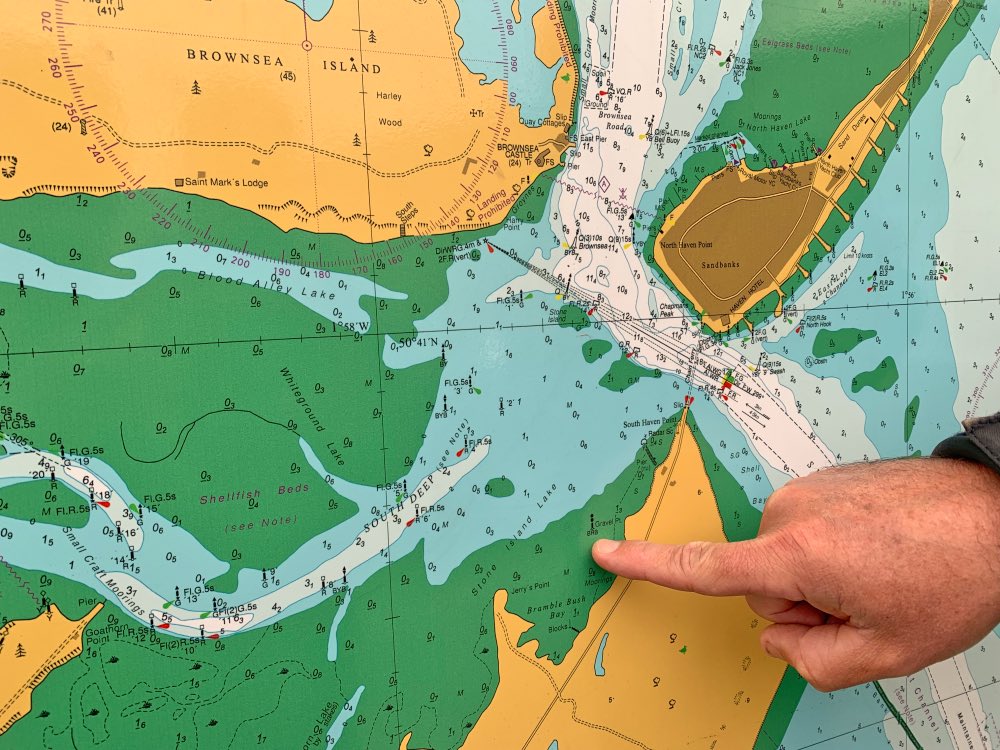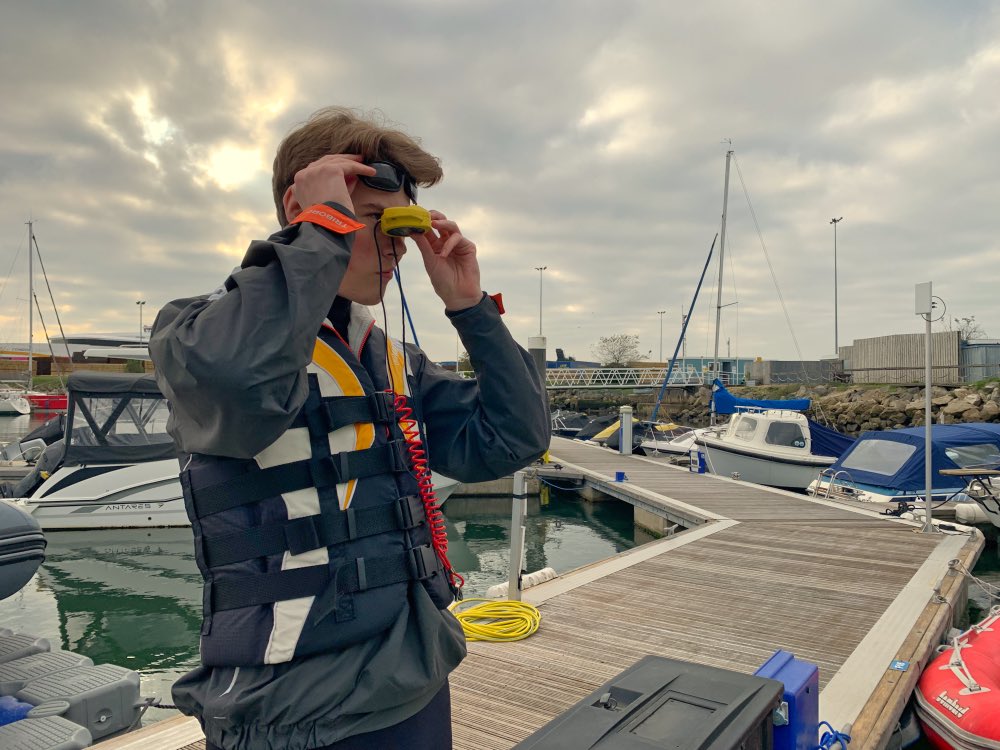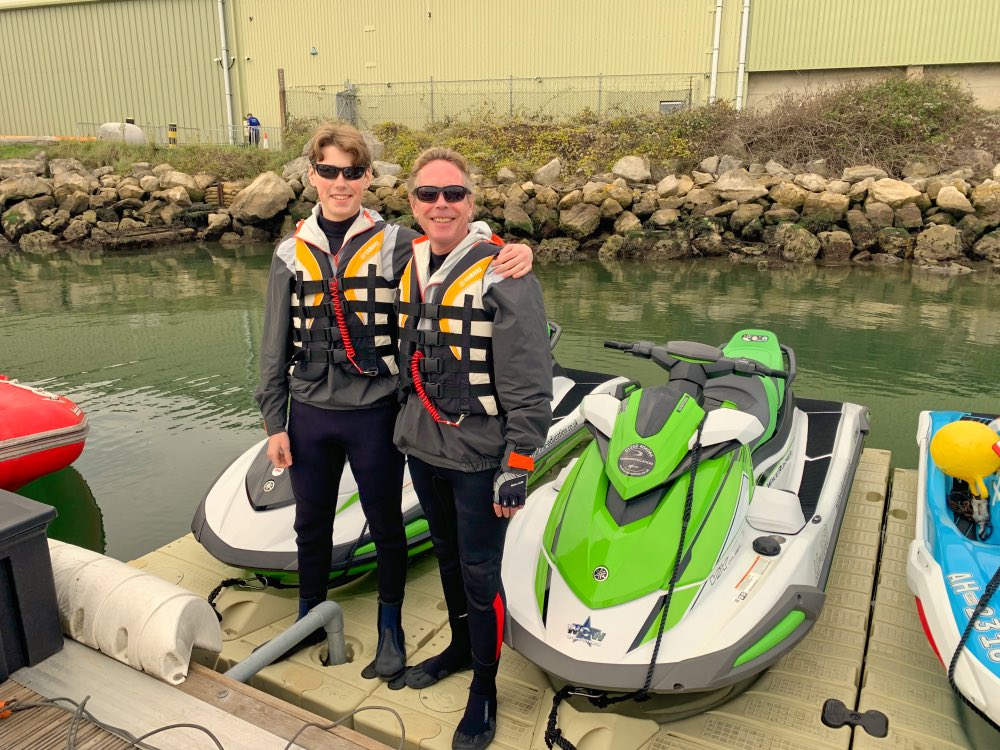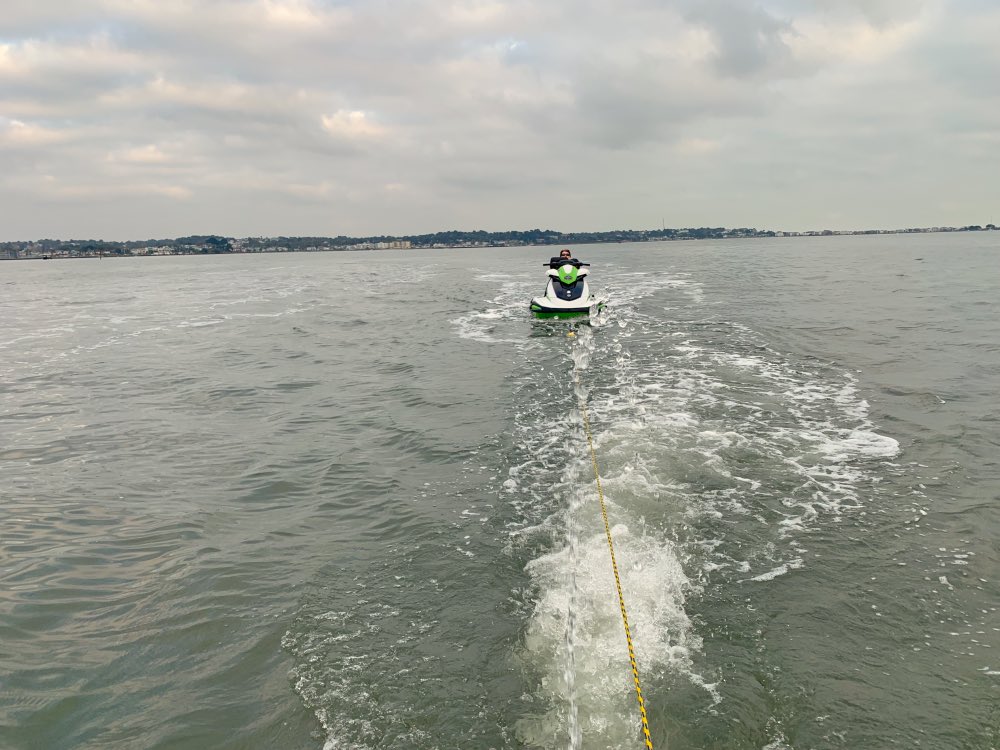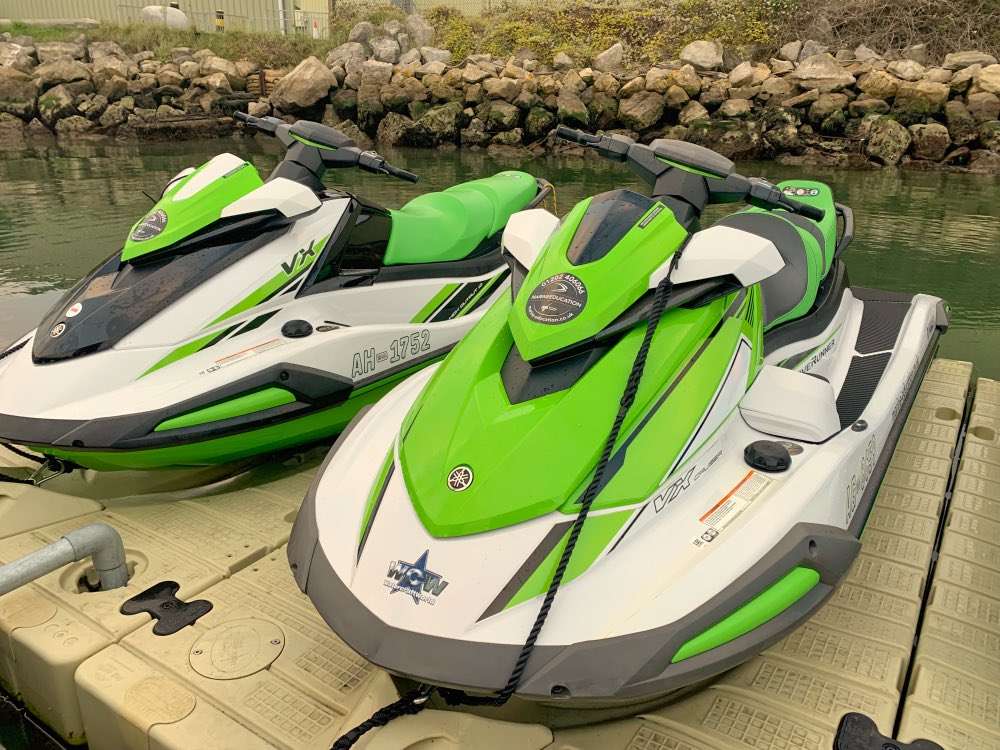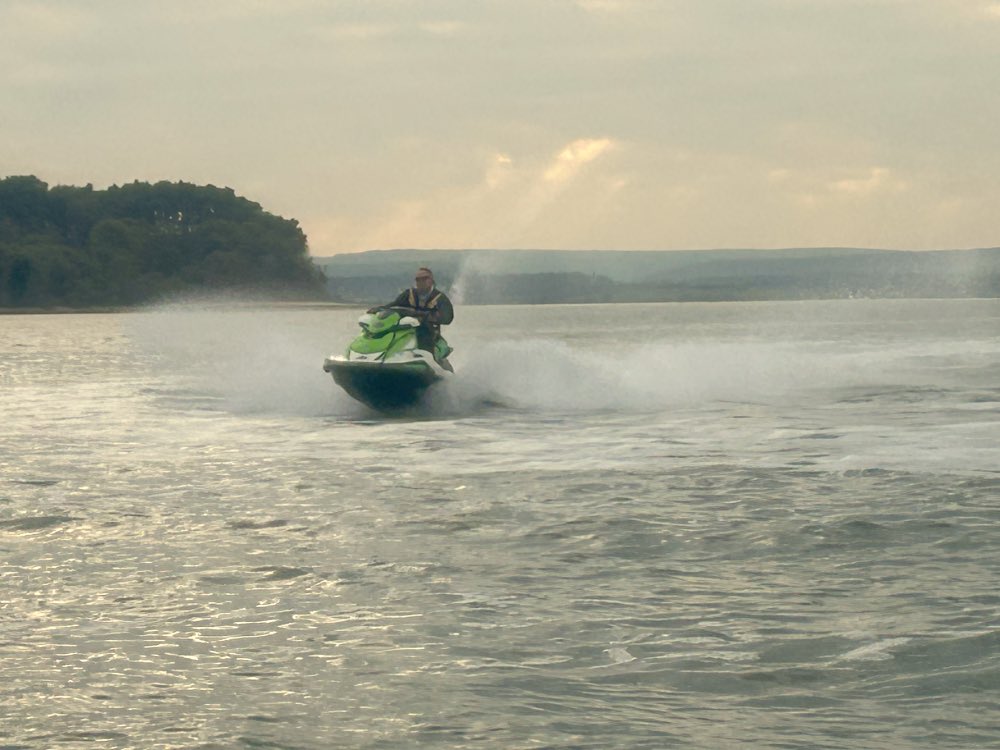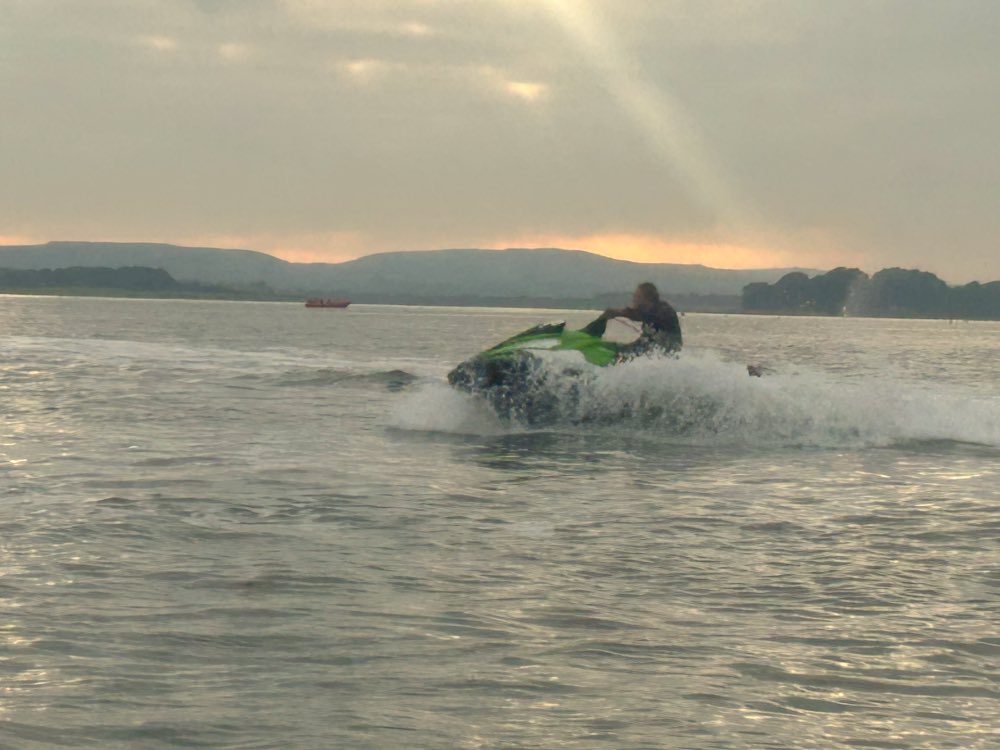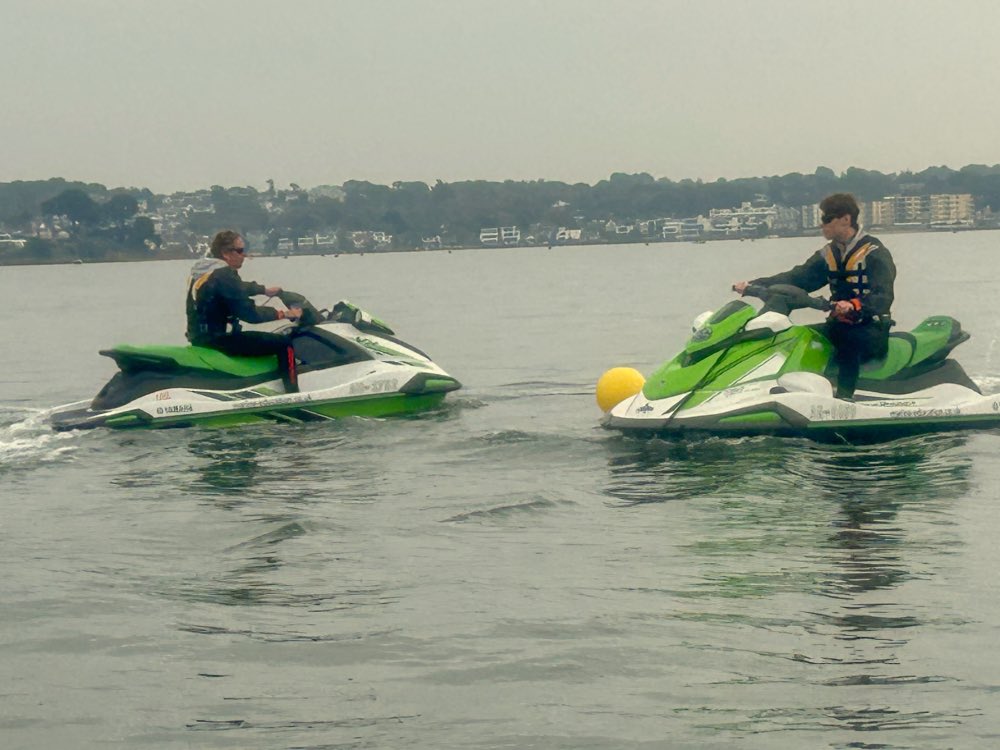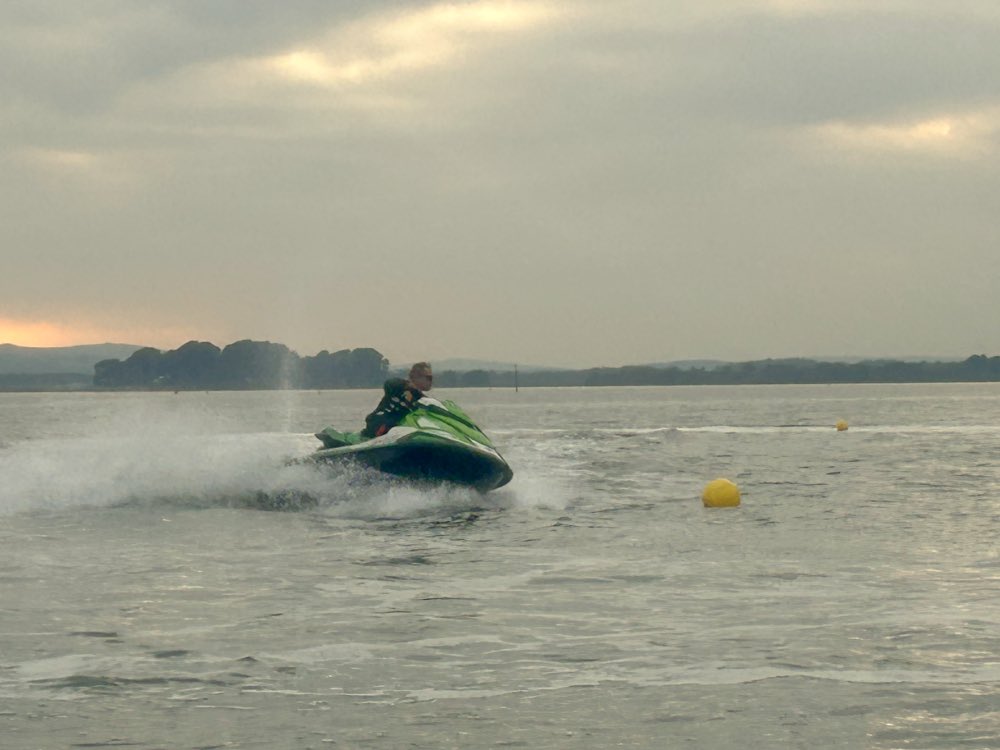Power Boat Training UK: Earning Our PWC Licence in Style on Yamaha WaveRunners
Full Throttle Fun: Yamaha WaveRunners at Poole Harbour: How We Became Certified WaveRunners
Power Boat Training UK: Yamaha WaveRunners
My son Ben and I are self-proclaimed water adventurers, happiest when zipping across the waves on powerful motorised watercraft – better known as WaveRunners. Nothing beats the adrenaline rush of carving through water at high speed, and we’re always looking for new thrills.
Recently, we took the plunge into the world of serious watercrafting. In the UK, it's now a legal requirement to hold an RYA (Royal Yachting Association) Personal Watercraft Certificate of Proficiency and the accompanying ICC (International Certificate of Competence) to operate these machines across Europe. This isn't just paperwork – it’s your ticket to hire and ride these beauties independently.
To get qualified, we scoured the options and chose Marine Education which is part of Power Boat Training UK in Poole Harbour. Why? Well, they train the Yamaha team – that’s like learning football from Messi! Plus, owners Paul and Viv Glatzel have a reputation for being top-notch and approachable. Viv’s stunning Porsche sealed the deal for us – Ben and I couldn’t help but admire it when we arrived at 9 AM, ready for action.
Sadly, it’s only a one-day course – though Ben and I could have happily spent an entire week tearing up the waves and calling it ‘education’! And incredible for the price!
The Ultimate Classroom
After meeting our instructor, the ever-professional Robin Clark (fresh from training military special forces in Abu Dhabi – no big deal), we got down to business. The classroom part was brief but packed with essentials. Robin broke it down into simple terms, covering safety, trip planning, and PWC handling:
Safety First:
- Check the Conditions: Before heading out, always assess the weather forecast. Strong currents, high winds, or stormy weather can pose significant risks.
- Gear Up: Wear a well-fitted buoyancy aid and appropriate clothing. Consider a wetsuit or drysuit for colder water temperatures.
- Plan Your Trip: Let someone know where you're going and when you expect to return. Consider using the Safetrack app by the RYA to share your location and track your journey.
- Fuel Up: Ensure you have enough fuel for your planned trip.
Vehicle Inspection:
- Engine Check: Regularly inspect your PWC's engine for oil leaks and other issues.
- Hull Check: Check for any damage to the hull, especially around the intake and exhaust areas.
- Kill Cord: Always attach your kill cord to your life jacket, not your wrist. This ensures it stays secure, even if you fall off the PWC.
Understanding PWC Dynamics:
- Steering and Power: Unlike traditional boats, PWCs steer using the engine's power. When you throttle back, you'll lose steering control. Practice maneuvering in calm waters to get a feel for this.
- Water Intake and Exhaust: PWCs draw water in through the intake grill and expel it through the jet nozzle.
Additional Tips:
- Start Slow: Begin with slow, controlled maneuvers in calm waters.
- Respect the Environment: Avoid riding in sensitive marine areas and dispose of waste responsibly.
But let’s be honest – the real excitement started when we hit the water.
Poole Harbour is a watercraft dream. The calm, protected waters around the gorgeous National Trust Brownsea Island gave us the perfect playground. And the October sun? A little grey with a hint of gold. We couldn’t have asked for better conditions – flat seas and glorious light made for a magical day.
Robin guided us through skills like cornering around buoys, navigation basics, and even emergency rescues. But the best part? The speed! Our Yamaha WaveRunners could hit 75 mph, complete with water braking systems and even sound systems for those who like their tunes on the go. Racing through the bay even at safe speeds felt like flying – exhilarating and surprisingly safe, thanks to Robin’s expert guidance.
Further Tips
Understanding Tidal Patterns, Navigation Aids, and Safe Boating Practices
Tidal Influences:
- Neap and Spring Tides: Spring tides, with their significant tidal range, result in more pronounced water movement compared to neap tides.
- Tidal Timing: Tides shift approximately 50 minutes later each day.
Navigation Aids:
- Buoys:
- Red Buoys (Port): Mark the left side of a channel when entering from seaward.
- Green Buoys (Starboard): Mark the right side of a channel when entering from seaward.
- Cone-shaped Buoys: Indicate the starboard side of a channel.
- Cylinder-shaped Buoys: Indicate the port side of a channel.
Safe Boating Practices:
- Safe Speed and Vigilance: Maintain a safe speed and keep a constant lookout for other vessels and potential hazards.
- Collision Avoidance:
- Bearing and Course: Understand the concept of bearing (direction and speed) and be aware of converging courses.
- Right-of-Way: Power-driven vessels must give way to sailing vessels, fishing vessels, and other vessels with restricted maneuverability.
- Rules of the Road: Generally, vessels should keep to the right-hand side of the fairway.
Passage Planning and Pilotage:
- OS Chartwork: Utilize Ordnance Survey (OS) charts for detailed navigation planning.
- Hand Bearing Compass: Employ a hand bearing compass to accurately take bearings on landmarks and navigational aids.
The exercises were such a riot that the day zoomed by in a blur of laughter and spray. We mastered cornering around buoys like pros, navigated like salty sea captains, and even staged dramatic rescues, towing each other like waterborne action heroes
One surprise challenge was jumping into the water to demonstrate we could remount our WaveRunners. Yes, it was November, but our wetsuits worked wonders, and the harbour wasn’t as icy as expected. I was out of the water so quickly, I may as well have levitated!
By the end of the day, Ben and I were buzzing. Not only had we earned our PWC Proficiency Certificate and ICC, but we also had the confidence to take on watercraft adventures anywhere in Europe – guide-free!
Power Boat Training UK is the ultimate destination for anyone seeking a mix of adventure, stunning scenery, and top-tier instruction. From the friendly team to the breathtaking location, every moment was a blast.
So, if you’re dreaming of high-speed fun on the water, look no further. Get your RYA qualifications, hop on a WaveRunner, and let the adventure begin!
Find out more here: Power Boat Training UK


